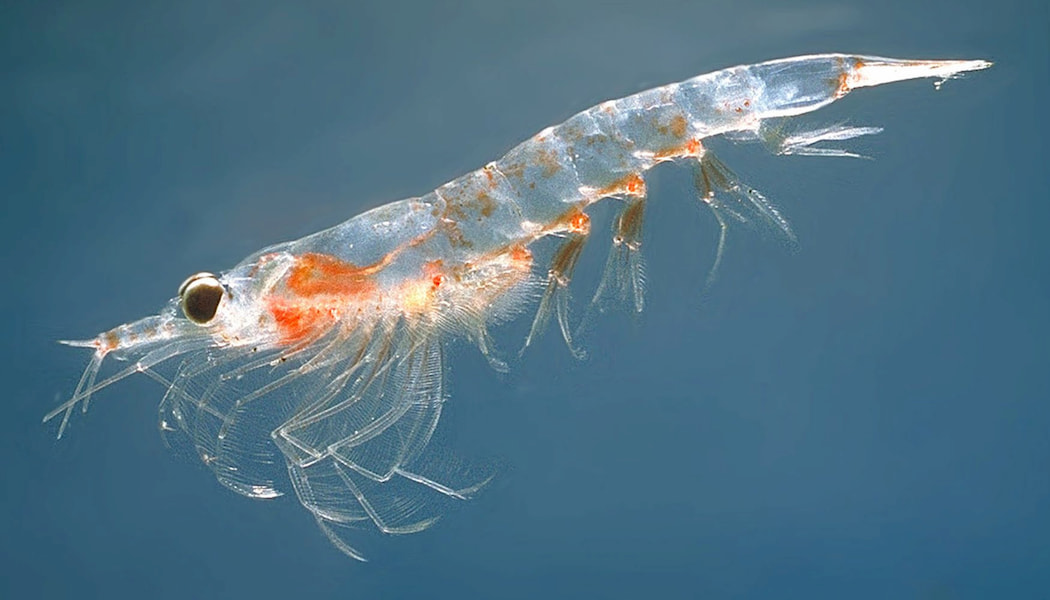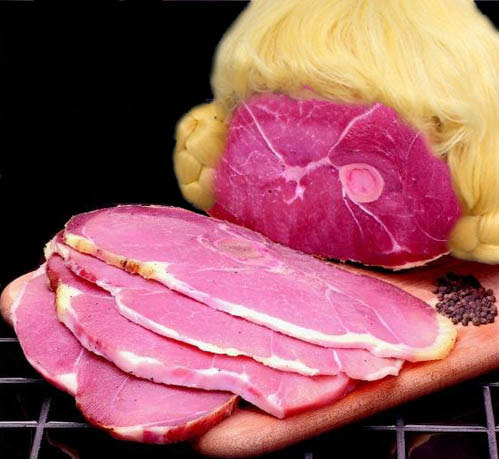
IELTS Practice Test Volume 3
- 发布时间: 05 May 2019
- 模考人次: 173,143
正确答案:
Part 1: Question 1 - 13
- 1 FALSE
- 2 TRUE
- 3 NOT GIVEN
- 4 FALSE
- 5 transparent
- 6 fluoride
- 7 enzymes
- 8 gills
- 9 phytoplankton
- 10 B
- 11 B
- 12 A
- 13 C
- 1 FALSE
- 2 TRUE
- 3 NOT GIVEN
- 4 FALSE
- 5 transparent
- 6 fluoride
- 7 enzymes
- 8 gills
- 9 phytoplankton
- 10 B
- 11 B
- 12 A
- 13 C
Part 2: Question 14 - 26
- 14 viii
- 15 vii
- 16 ii
- 17 vi
- 18 x
- 19 v
- 20 stress-free and easy
- 21 predators
- 22 quick and clean
- 23 quality of life
- 24 green-eaters
- 25 four-legged friends
- 26 sofa sprouts
- 14 viii
- 15 vii
- 16 ii
- 17 vi
- 18 x
- 19 v
- 20 stress-free and easy
- 21 predators
- 22 quick and clean
- 23 quality of life
- 24 green-eaters
- 25 four-legged friends
- 26 sofa sprouts
Part 3: Question 27 - 40
- 27 C
- 28 B
- 29 E
- 30 F
- 31 C
- 32 D
- 33 C
- 34 F
- 35 A
- 36 B
- 37 E
- 38 D
- 39 D
- 40 C
- 27 C
- 28 B
- 29 E
- 30 F
- 31 C
- 32 D
- 33 C
- 34 F
- 35 A
- 36 B
- 37 E
- 38 D
- 39 D
- 40 C
详细试卷答案解析:
Questions 1-4
Do the following statements agree with the information given in Reading Passage One?
Write
| TRUE | if the statement agrees with the information |
| FALSE | if the statement contradicts the information |
| NOT GIVEN | If there is no information on this |
1 Some dinosaurs were bigger than the blue whale.
2 The blue whale does not only eat krill.
3 Some krill are smaller than shrimp.
4 There are about 500 million tons of krill in the ocean.
- 1 Answer: FALSE
Keywords in Questions
Similar words in Passage
Q1: Some dinosaurs were bigger than the blue whale.
It is the largest to have ever existed. Yes, not even the most imposing of the dinosaurs from the Jurassic era can match this sleek streamlined aquatic mammal in scale.
Note:
In paragraph 1, it is stated that blue whale is the largest to have ever existed and the biggest dinosaur can not match this mammal in scale.
This information contrasts with the content of Q1
Therefore, the answer of Q1 is FALSE.
- 2 Answer: TRUE
Keywords in Questions
Similar words in Passage
Q2: The blue whale does not only eat krill.
This huge beast feeds primarily on one of the smallest life forms in the oceans, a tiny crustacean known as krill.
Note:
In paragraph 1, it is stated that the blue whale feeds primarily on krill. It means that the blue whale mostly eats krill, not only eats krill.
This information confirms the content of Q2
Therefore, the answer of Q2 is TRUE.
- 3 Answer: NOT GIVEN
Keywords in Questions
Q3: Some krill are smaller than shrimp.
Note:
Paragraph 2 is about the comparison between krill and shrimp.
However, there is no information about the comparison between their size.
Therefore, the answer of Q3 is NOT GIVEN.
- 4 Answer: FALSE
Keywords in Questions
Similar words in Passage
Q4: There are about 500 million tons of krill in the ocean.
Just looking at one species, the Antarctic krill, their collective weight (or bio-mass) is estimated to be about 500 million tons.
Note:
In paragraph 3, it is stated about 500 million tons is the collective weight (or bio-mass) of the Antarctic krill, not all species of krill in the ocean.
This information contrasts to the content of Q4
Therefore, the answer of Q4 is FALSE.
Questions 5-9
Complete the diagram.
Choose ONE WORD from the passage for each answer.

5
6
7
8
9
- 5 Answer: transparent
Complete a diagram: Q5 – Q9
Strategy:
Study the diagram and question carefully
Use the labels you are given in the question to help you understand the diagram
Keywords in Questions
Similar words in Passage
Q5: exoskeleton, usually ____,
Another oddity is that their exoskeleton is usually transparent
Note:
In paragraph 2, it is stated that krill’s exoskeleton is usually transparent
Therefore, the answer of Q5 is transparent.
- 6 Answer: fluoride
- 7 Answer: enzymes
Keywords in Questions
Similar words in Passage
Q7: gut containing ____
they must be quickly prepared and frozen due to the strong enzymes in their gut.
Note:
In paragraph 4, it is stated krill’s gut contains strong enzymes.
Therefore, the answer of Q7 is enzymes. Remember that the answer must be in plural form
- 8 Answer: gills
Keywords in Questions
Similar words in Passage
Q8: ____
These creatures are distinguishable from shrimp by their gills, which are externally mounted, and resemble rows of fibrous combs alongside their bodies.
Note:
In paragraph 2, it is stated that krill’s gills are externally mounted, and resemble rows of fibrous combs alongside their bodies.
This description matches Q8 of the diagram.
Therefore, the answer of Q8 is gills. Remember that the answer must be in plural form
- 9 Answer: phytoplankton
Keywords in Questions
Similar words in Passage
Q9: combs used to capture ____
Krill themselves are filter feeders, using very fine comb-like appendages on the front of their bodies to extract microscopic organisms known as phytoplankton.
Note:
In paragraph 6, it is stated krill uses their comb to capture phytoplankton .
Therefore, the answer of Q9 is phytoplankton.
Questions 10-13
Choose the correct letter, A, B, C, or D.
Fishing for krill is
- A
- B
- C
- D
Multiple choice question: Q10 – Q13 Strategy:
| |
Keywords in Questions | Similar words in Passage |
Q10: Fishing for krill is
| The majority of krill trawlers thus target the waters around coastal Antarctica. |
Note:
| |
Krill
- A
- B
- C
- D
Keywords in Questions | Similar words in Passage |
Q11: Krill
| They must be quickly prepared and frozen due to the strong enzymes in their gut |
Note:
| |
Phytoplankton
- A
- B
- C
- D
Keywords in Questions | Similar words in Passage |
Q12: Phytoplankton
| Since krill exist in such large numbers, logically then, their primary food source must be even more numerous. |
Note:
| |
Blue whales
- A
- B
- C
- D
Keywords in Questions | Similar words in Passage |
Q13: Blue whales
| This can similarly result in the usually solitary blue whales being found together |
Note:
| |
Reading Passage One
You should spend about 20 minutes on Questions 1-13, which are based on Reading Passage One.

An Essential Intermediary
There is a strange irony about the blue whale. With fully grown adults reaching up to 30 metres long, and weighing in at almost 200 tons, it is not only the largest animal in the world, but also the largest to have ever existed. Yes, not even the most imposing of the dinosaurs from the Jurassic era can match this sleek streamlined aquatic mammal in scale. So, where is the irony? It lies in the fact that this huge beast feeds primarily on one of the smallest life forms in the oceans, a tiny crustacean known as krill.
Krill live in every ocean of the world. They thus come in many varieties, although all sporting a similar shrimp-like appearance, with an exoskeleton divided into three parts, and with two large antennae at the front, and pairs of legs running down the underside. These creatures are distinguishable from shrimp by their gills, which are externally mounted, and resemble rows of fibrous combs alongside their bodies. Another oddity is that their exoskeleton is usually transparent. This, and their small size, lead to the deceptive conclusion that they are an insubstantial presence, of little importance, until one is informed that an adult blue whale can consume almost 40 million krill, with a total weight of 3,600 kilograms, in just one day.
It is this, their huge numbers, which makes these mysterious ghost-like crustaceans so important. Just looking at one species, the Antarctic krill, their collective weight (or bio-mass) is estimated to be about 500 million tons. Putting this another way, that is over twice the weight of all human beings currently on Earth. Some scientists estimate that, each year, as much as half of this is eaten by whales, seals, penguins, squid, and fish, illustrating that krill constitute an enormous food resource for other animals. The question is whether humans can get in on the act.
Antarctic krill are the largest species, at six centimeters. Most other species are about two centimeters, and this makes them awkward to catch. Very fine fishing nets are needed, but these are difficult to drag through the water, quickly clogged, and easily broken. In addition, when lifted in large piles, the delicate krill crush each other, forcing out their internal fluids. They must also be peeled due to the dangerously high levels of fluoride in their exoskeleton, and finally, they must be quickly prepared and frozen due to the strong enzymes in their gut, which would otherwise cause rapid putrefaction. It is problems such as these which have limited processed krill to being mostly used as fish food in aquariums or aquaculture, or bait in commercial fishing operations, but otherwise very much out of the public’s mind.
Seafood-loving Japan is the only country in the world in which some krill end up on the table. The boiled, peeled, then frozen tail-meat is sold on the market, and there is some lower-grade krill-paste used as a food flavouring or colouring agent. These products originate from the small North-Pacific krill, yet it is the large Antarctic species which would seem to offer the best commercial prospects, and perhaps a more appetising meal. The majority of krill trawlers thus target the waters around coastal Antarctica, but it is a remote region, subject to harsh weather conditions, making operations there difficult and expensive, as well as raising issues of the ecological consequences, especially given the importance of krill as the basis of the food chain in that pristine and untouched environment.
Yet to explore this food chain fully, one must go smaller still. Krill themselves are filter feeders, using very fine comb-like appendages on the front of their bodies to extract microscopic organisms known as phytoplankton. These live in almost every body of water in the world, but only in the well-lit surface layers, since these organisms need exposure to sunlight, from which they obtain their energy. In the same way that plants on land are ultimately the basis of all food chains there, so too are phytoplankton in the oceans. Since krill exist in such large numbers, logically then, their primary food source must be even more numerous. There is, in fact, so much phytoplankton that their collective photosynthesis accounts for up to half of the oxygen produced in the world.
However, as with krill, the vast numbers of phytoplankton live unnoticed and unobserved. Their presence can only be indirectly deduced when they are pressed together by currents, where there can be correspondingly high concentrations of krill feeding on them. This can similarly result in the usually solitary blue whales being found together, and revealing one of the most remarkable and elusive food chains in nature: from phytoplankton, to krill, to the blue whale. In other words, from the tiniest elements in nature, in two short steps leading to a mighty and awe-inspiring leviathan of the deep, the largest animal that has ever existed. And the small ghostly krill are the essential intermediary in this wondrous process.













